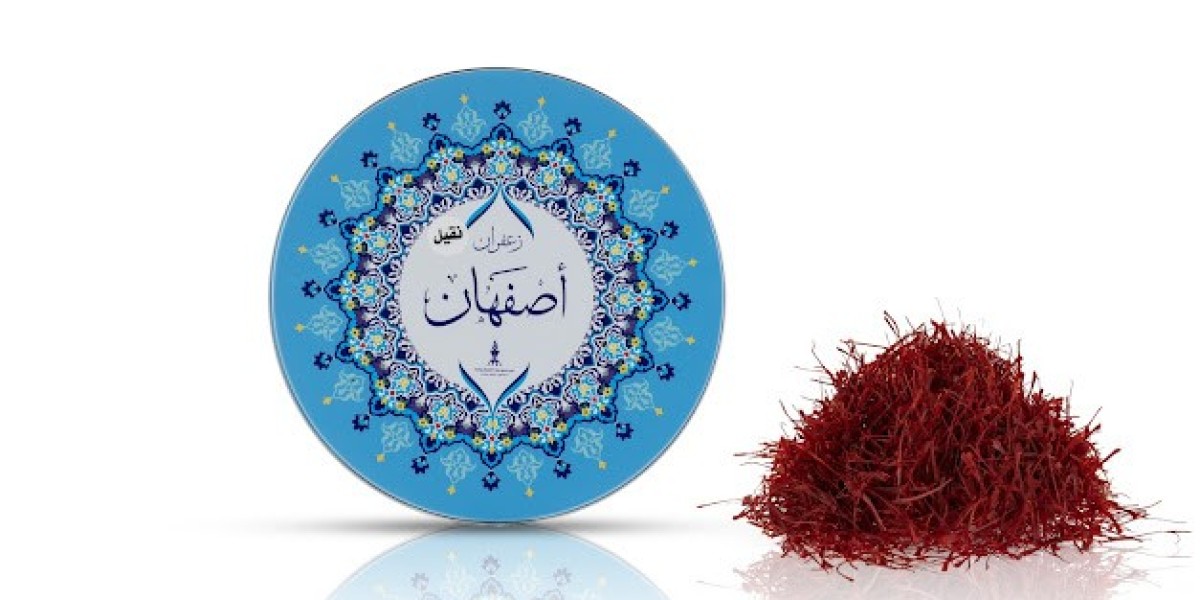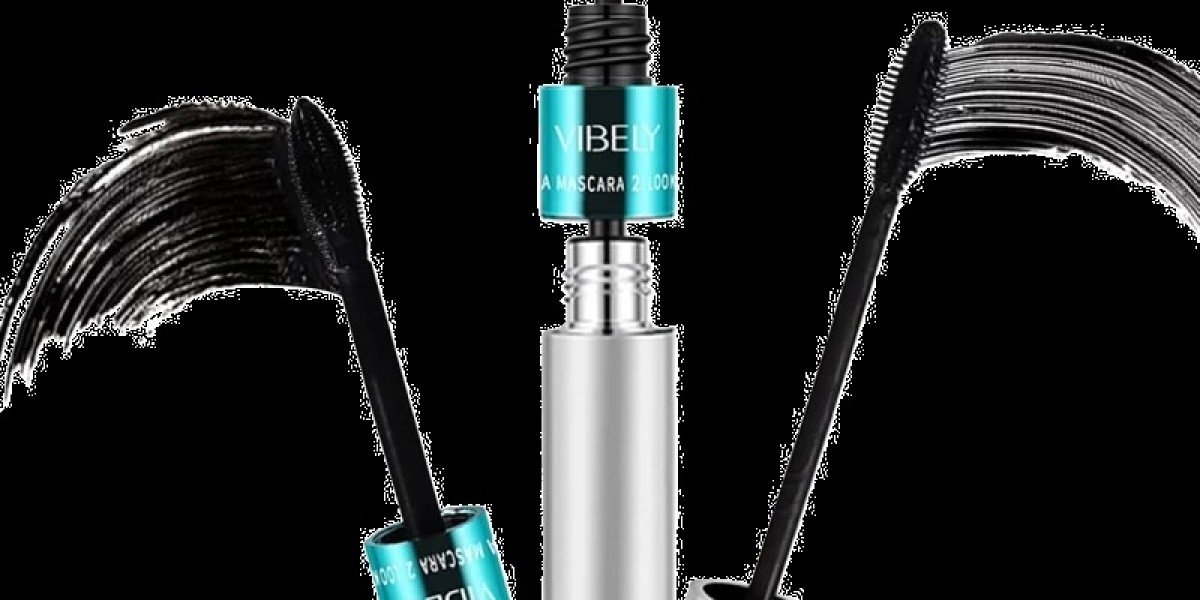Oud: The Mystical Resin of the Orient
Oud, also known as agarwood, is a dark, fragrant resin produced by trees of the Aquilaria genus, native to Southeast Asia. The resin forms when the tree becomes infected with a specific mold, and over time, it produces a rich, complex scent that has been prized for centuries. Historically, oud has been central to the perfume traditions of the Middle East, where it is often used in religious ceremonies, as a symbol of luxury, and in personal fragrances.
Oud’s unique olfactory profile is characterized by deep, woody, smoky, and sometimes slightly sweet notes, with a musky, animalic undertone. It is an intensely powerful ingredient that has the ability to dominate a fragrance blend, giving it depth and mystery. In modern perfumery, oud is frequently combined with other ingredients like rose, amber, spices, and even citrus to balance its potency and create more versatile, wearable fragrances.
Saffron: The Golden Spice of Fragrance
Saffron, derived from the dried stigmas of the crocus flower, is another ingredient with a long history of use in traditional perfumes, particularly in Middle Eastern and Indian cultures. Known as the “golden spice” for its vibrant color and high cost, saffron offers a distinctive, warm, and slightly leathery fragrance with earthy, sweet, and spicy nuances. It has become increasingly popular in high-end, luxury perfumery due to its rarity and the unique character it imparts to fragrances.
The scent of saffron is often described as subtle yet complex—earthy, slightly metallic, and warm, with a touch of honey-like sweetness. In modern perfumes, saffron is used as both a top note and a heart note. It adds richness and complexity to floral, woody, and oriental compositions, often enhancing the warm, spicy qualities of fragrances without overpowering them.
The Convergence of Oud and Saffron in Modern Perfumes
While both oud and saffron have long been associated with traditional and regional perfumes, their recent rise in popularity can be attributed to a broader trend in the perfume industry: a move toward luxurious, niche, and bold scents that appeal to a more global, adventurous audience.
In the past decade, oud has been embraced by Western perfumers, who have sought to adapt this once-revered ingredient for contemporary tastes. Oud's powerful, smoky character can now be found in perfumes that combine it with more familiar floral, citrus, and gourmand notes, making it accessible to a wider range of consumers. Similarly, saffron has emerged as a key ingredient in modern perfume compositions, often blended with oud to create captivating, opulent fragrances.
The pairing of oud and saffron is particularly popular in niche and luxury fragrances. Together, these ingredients create a harmonious blend of warmth, spice, and depth that feels both exotic and sophisticated. Their combined use in modern perfumery represents a fusion of Eastern traditions and Western innovation, allowing perfumers to craft complex and alluring scents that appeal to diverse, global tastes.
Current Trends and Key Fragrance Creations
Several perfume houses have successfully integrated oud and saffron into their offerings, demonstrating the versatility and appeal of these ingredients. Some of the most notable trends include:
Luxury and Niche Perfumes: Brands such as Tom Ford, Creed, and Amouage have embraced oud and saffron, often incorporating them into their high-end or exclusive collections. These perfumes are marketed as luxury items, using both oud and saffron as symbols of opulence and refinement.
Eastern Influence in Western Perfume Markets: As Western fragrance consumers become more interested in exotic and complex scent profiles, oud and saffron have found their way into mainstream perfumery. The trend toward more oriental-inspired fragrances has helped to broaden the appeal of these ingredients.
Modern, Wearable Oud: Perfumers are finding ways to tame oud’s intensity and make it more wearable for everyday use. Oud is now being combined with fresher, lighter ingredients like citrus, lavender, and green notes, creating fragrances that still carry the depth and mystique of oud but are suitable for modern lifestyles.
The Role of Saffron in Women’s Fragrances: While oud is often associated with unisex or men’s fragrances, saffron’s warmth and sensuality have made it a popular addition to women’s perfumes as well. The blend of saffron with floral or fruity notes creates a dynamic fragrance profile that is both spicy and feminine.
Conclusion
Oud and saffron have become two of the most sought-after ingredients in modern perfumery, thanks to their rich history, unique scents, and ability to add depth and complexity to any fragrance composition. As global consumers continue to seek out luxurious, unique, and exotic fragrances, these ingredients are likely to remain at the forefront of modern perfume trends. By combining traditional wisdom with innovative techniques, perfumers are bringing oud and saffron into the contemporary world, creating perfumes that are both timeless and forward-looking.
sources:






